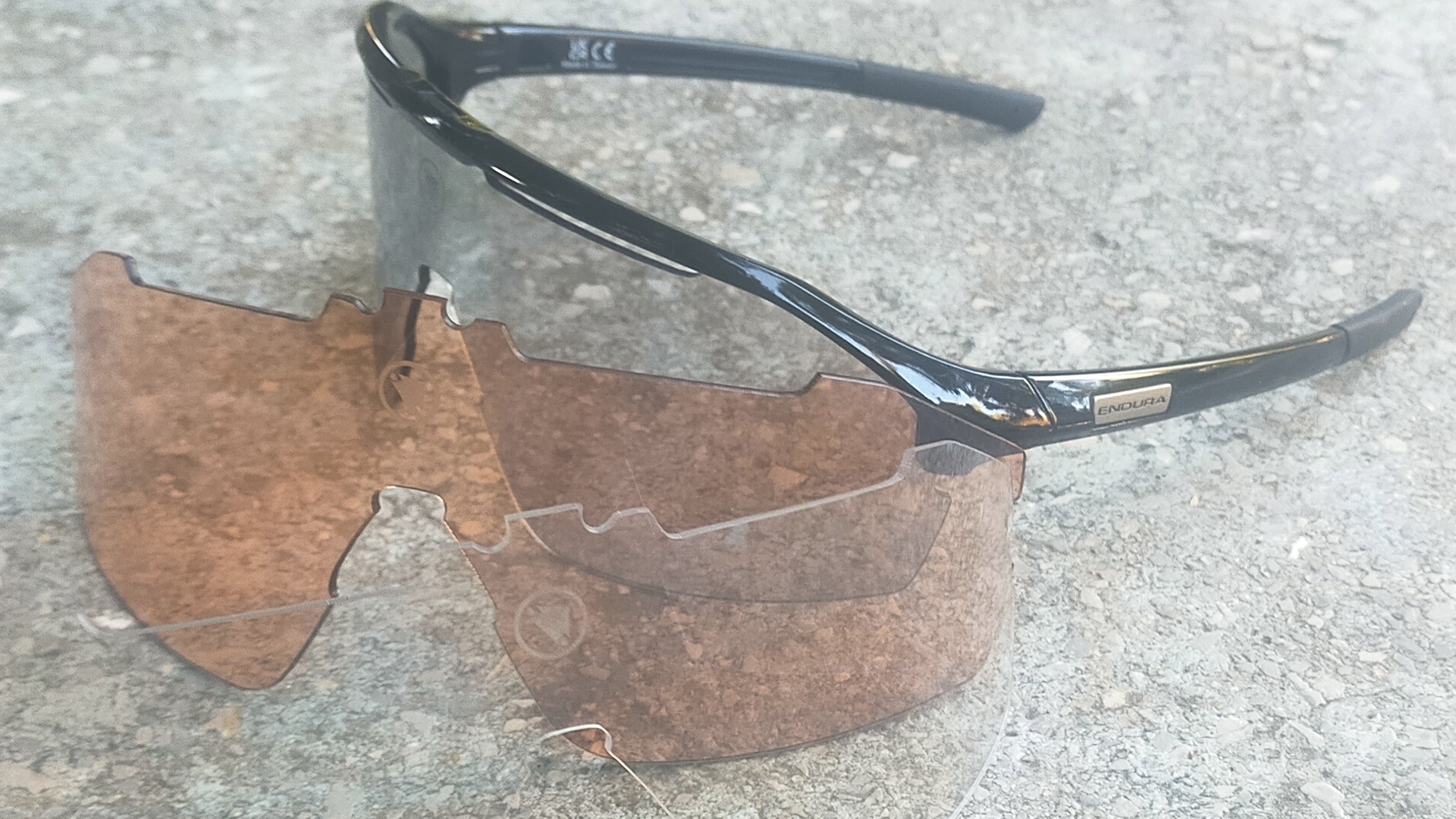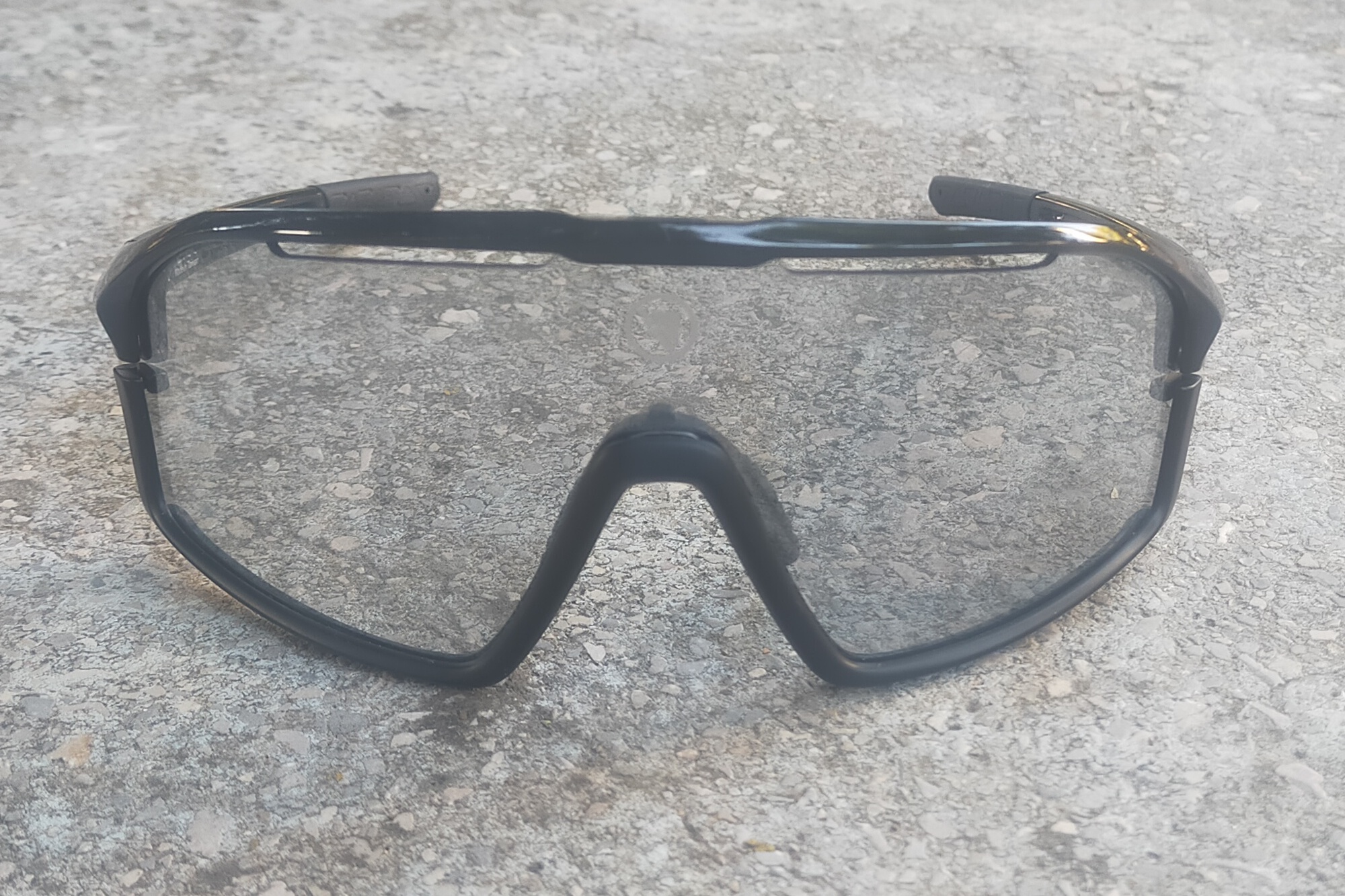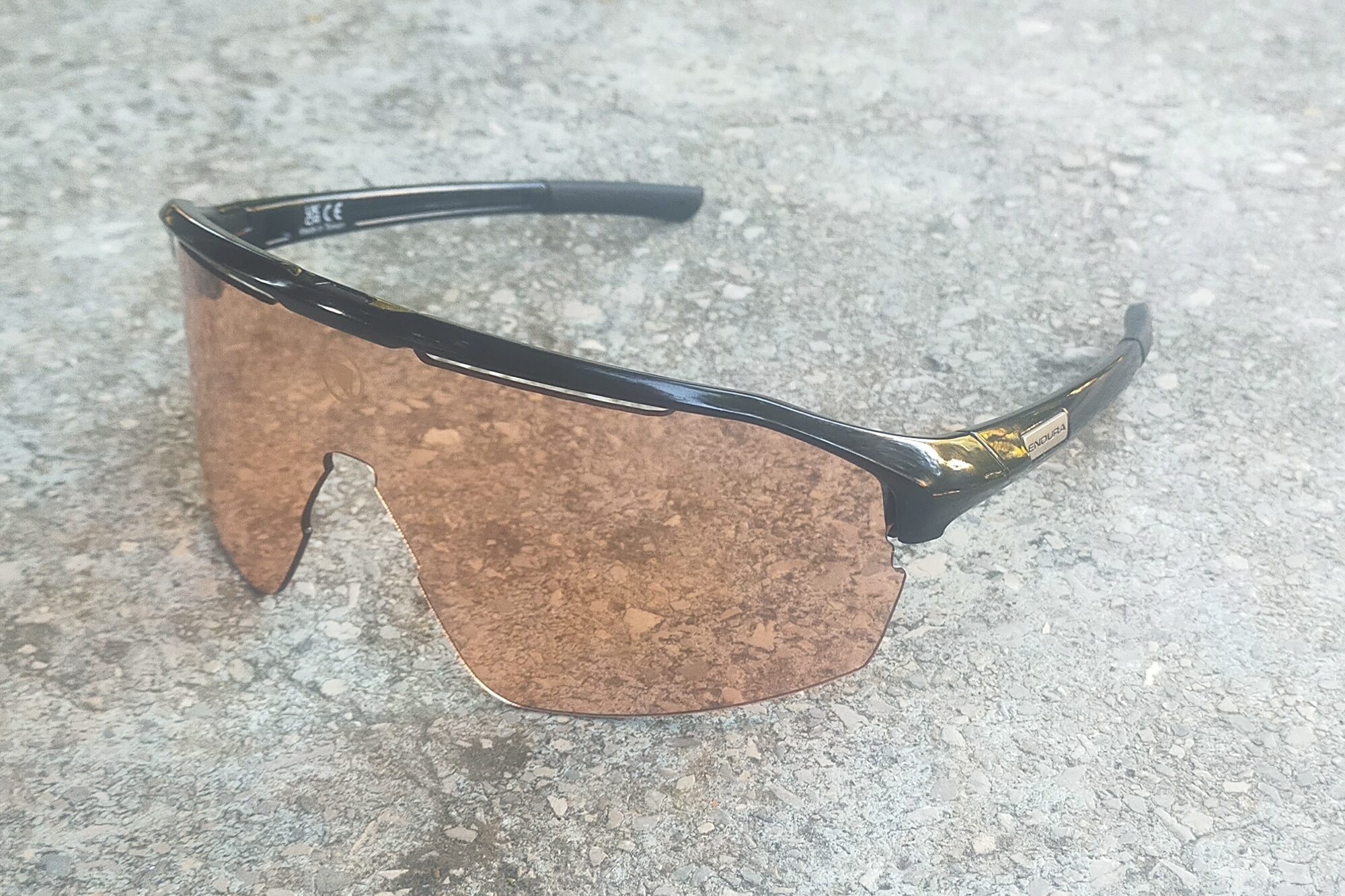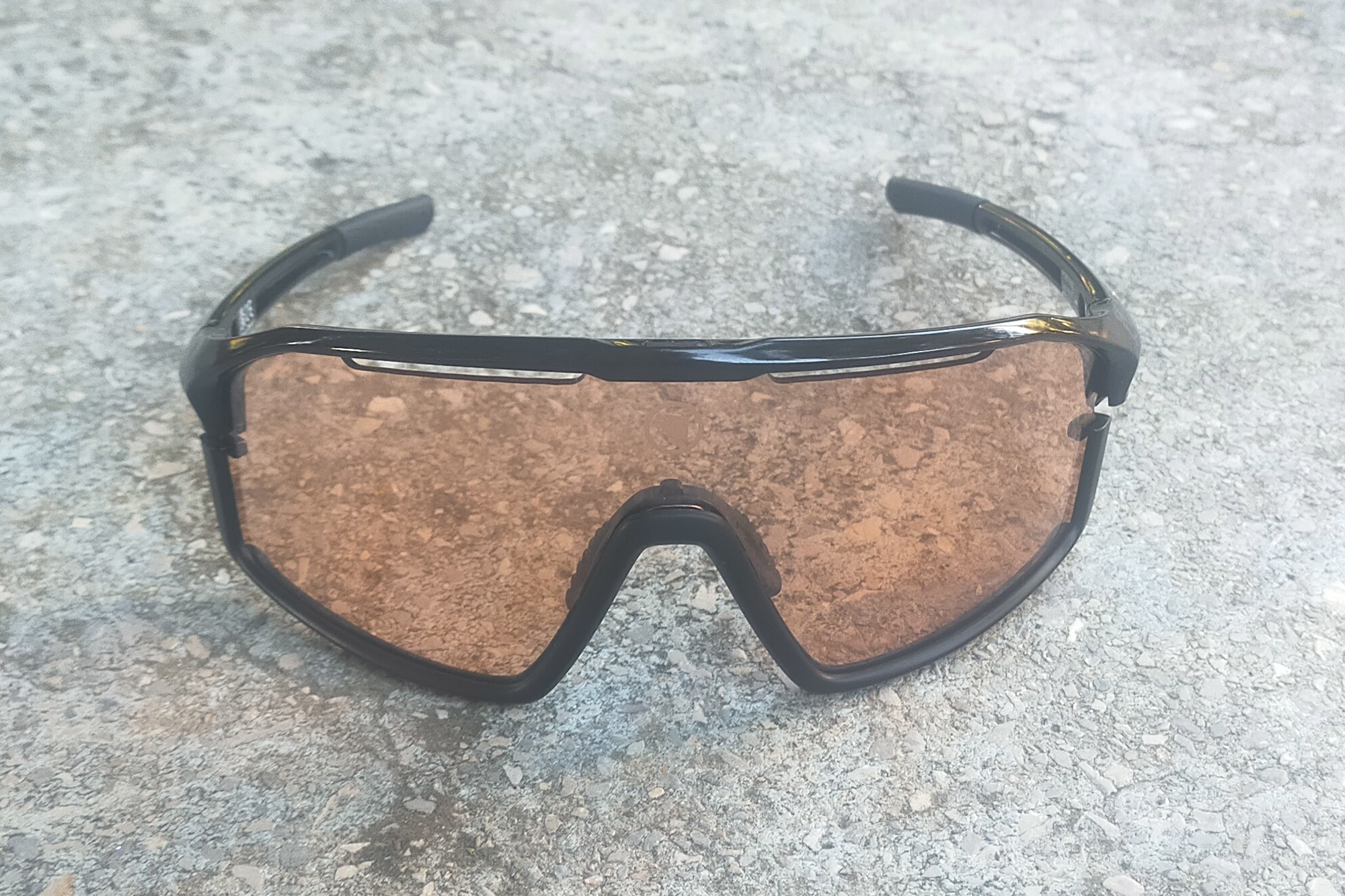Endura Dorado II photochromatic sunglasses review
An excellent pair of sunglasses for changeable light conditions - with the added bonus of two replacement lenses

Instead of buying one pair of both half- and full-rim photochromic sunglasses, Endura allow you to have the best of both worlds with just one. However you choose to wear the sunglasses, you'll be impressed by the clarity, the fit and the price.
-
+
Great clarity
-
+
Comfortable fit
-
+
Half- and full-rim option
-
+
Competitively-priced
-
+
Replacement lenses
-
-
Can steam up
You can trust Cycling Weekly.

It seems like there is now a universal standard of what cycling glasses should look like: full face. The days of tiny lens attached to a complete frame seem like a long time ago.
Endura’s Dorado II sunglasses comply with fashion’s way, looking as every bit modern as any of the best cycling glasses.
Yet they’ve done so with a twist, the upper and lower frame separated in the middle meaning the lower frame can be removed to give the possibility of riding with half-rim sunglasses as opposed to full-rim.
It’s a smart and cool option to have, and the Dorado II impresses further with photochromic lenses that respond to changing light conditions expertly. On top of that, there is also a clearer and a slightly red hued lens included in the box, too. All in all, this is a great pair of sunglasses with three lenses to choose from.

Endura Dorado II sunglasses: construction
The black frame is connected to standard length arms by a hinge, the chosen TR90 material selected for its durable, lightweight and flexible properties.
When the lower frame is attached to the lens, it is disconnected from the full frame by a gap of around two millimetres. An adjustable soft nose pad is part of the lower frame. Upon removal of the lower frame, the lens sits directly on top of the nose.
The photochromic lens provides 100 percent UV protection and adapts to changing light: in bright skies the lens darkens; in low light the lens becomes clearer. There are also two quite wide air vents that sit between the top of the lens and upper frame.
The latest race content, interviews, features, reviews and expert buying guides, direct to your inbox!

Endura Dorado II sunglasses: the ride
The first thing to say is that these are a good-looking pair of sunglasses, regardless if you’re sporting a half- or full-rim look.
Having the possibility to adapt your look is a feature that has no doubt proven persuasive for many. I preferred to ride with the full-rim as I felt that the nose pad offered better support on my nose; likewise, I don’t think the lens looks as great with the nose pad removed.
The lower frame comes apart entirely with a bit more force and manoeuvring than Endura claim; I’d scoff at the apparent “seamless change”. But separates it does, and it’s relatively simple to click it back into place.
I tested these glasses out in changeable autumn conditions, and the photochromic lens responded to the variable light really well. My eyes never stung in the bright sunshine, and neither was I struggling to see under dark clouds.

The clarity of vision with the photochromic lenses was fantastic, only rivalled by Oakley’s EV Zero Blades. Similarly, my view was never obstructed by the upper frame when riding in the drops, the glasses staying in place exactly where I wanted them to.
I preferred the red hue lens as they seemed more versatile while still adopting well to darker conditions; the clear lens are a great option when you know the sky isn't going to brighten or if you need glasses at night to keep the road grit out of your eyes.
Probably the only occasion I was disappointed with the glasses was when I stopped at the top of a climb after a full-on effort and the glasses started to steam up; I had hoped that the presence of two sizeable air vents would prevent them from fogging up, but alas that wasn’t the case. I have to counter that, though, by saying that the mist cleared quickly and it was a one-time event.
Overall the fit was good, there was no digging in on the nose that causes pressure points (even with the removal of the lower frame) and the arms were comfortable, never feeling like they were pressed against my temple. At 30 grams they’re roughly the same weight as other lightweight sunglasses.

Endura Dorado II sunglasses: value and conclusion
For $139 / £99 they are just a bit more expensive than the highly-rated dhb Vector photochromatic lens ($120 / £90), but significantly cheaper than the Oakley EV Zero Blade photochromatic sunglasses ($224 / £182).
The clarity offered by the Dorado II is almost as good as the Oakleys, but neither the Oakleys nor the dhb’s allow the wearer to decide between a half- and a full-rim frame.
They are a really good pair of sunglasses for rides in lowlight conditions, and best of all won’t break the bank.
Endura Dorado II sunglasses: specs
Price: £99/$139/€139
Colour: black
Size: universal
Website: Endura
A freelance sports journalist and podcaster, you'll mostly find Chris's byline attached to news scoops, profile interviews and long reads across a variety of different publications. He has been writing regularly for Cycling Weekly since 2013. In 2024 he released a seven-part podcast documentary, Ghost in the Machine, about motor doping in cycling.
Previously a ski, hiking and cycling guide in the Canadian Rockies and Spanish Pyrenees, he almost certainly holds the record for the most number of interviews conducted from snowy mountains. He lives in Valencia, Spain.
